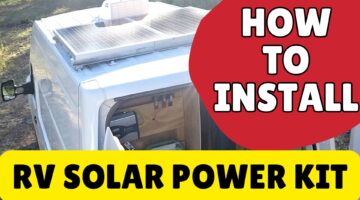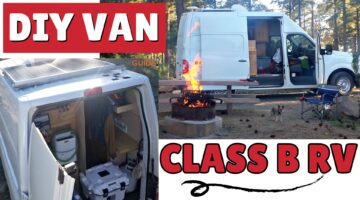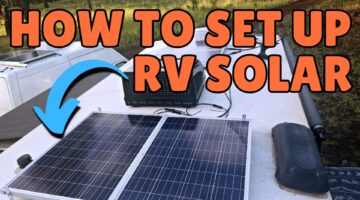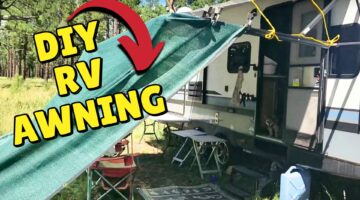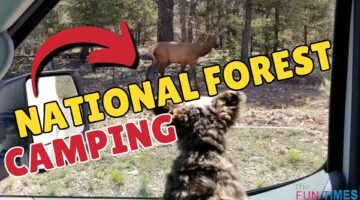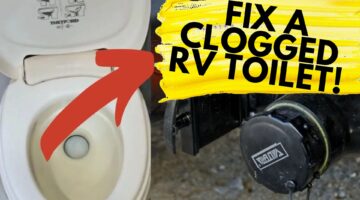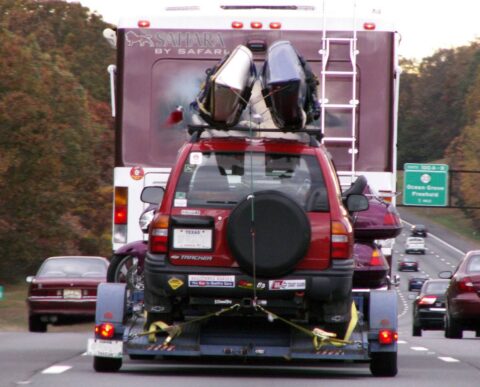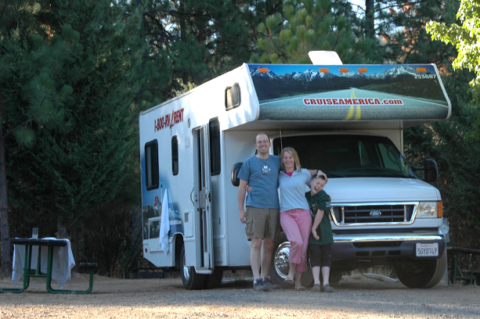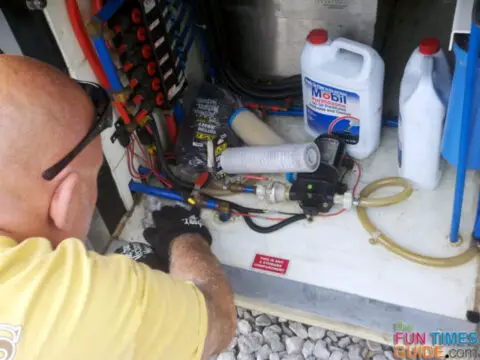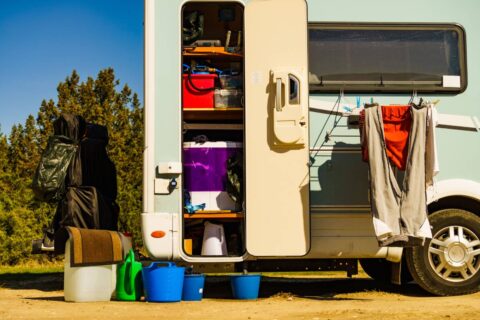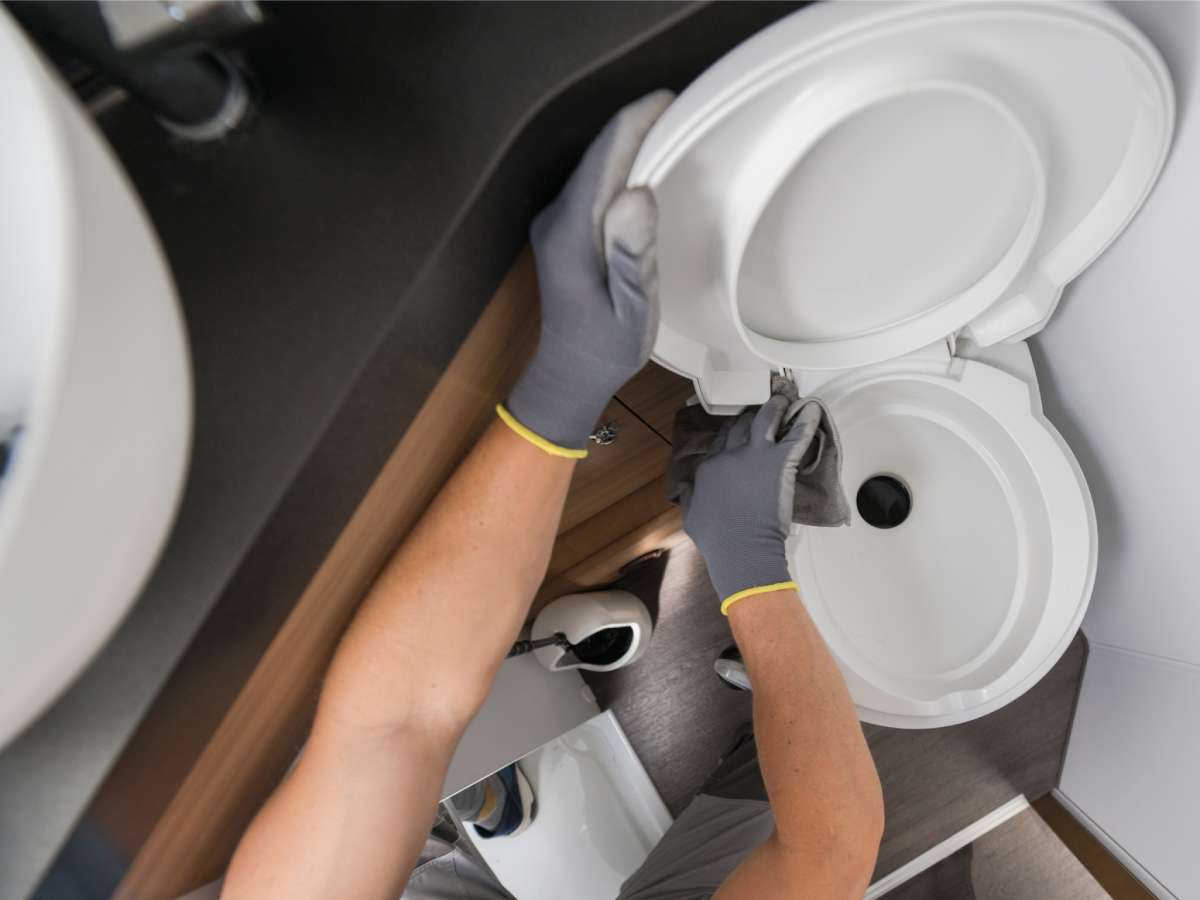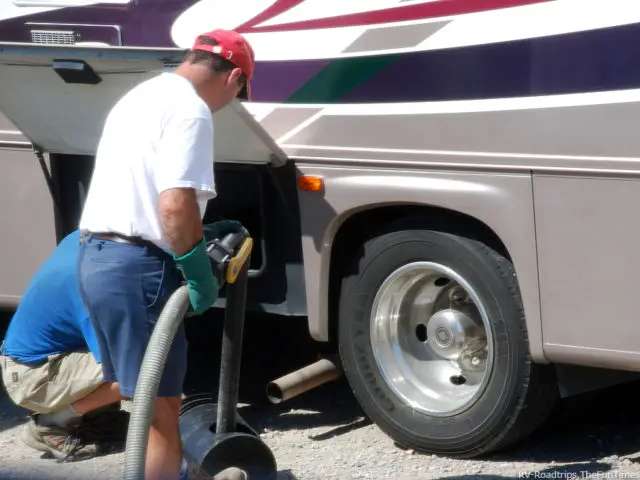RV vS Car: Important Differences Between Driving An RV And Driving A Car
There are 12 major ways that driving an RV is different from driving a car — 6 of them are covered in this video, and all 12 are included in my related article.
Learn how to address tricky RV driving situations BEFORE you find yourself in a panic when things go wrong behind the wheel of the RV. Because sitting behind the wheel of a large RV on your first trip is NOT the best time to figure out all the challenges and nuances!
In this video you will see my tips for RV driving, including:
- Backing up an RV
- Using RV side mirrors
- RV blind spots
- Backing up a trailer
- Turning in an RV
- Maneuvering corners in an RV
After watching the video, check out my “related article” to see how to drive in the following conditions:
✱ Fog
✱ Rain & wet roads
✱ Snow & ice
✱ Going uphill
✱ Going downhill
✱ Gravel & loose rocks
✱ Mud & sand
✱ Twisty roads & low bridges/arches
✱ Windy conditions & high bridges
✱ Heavy traffic
✱ Backing up & using side mirrors
✱ Turning and maneuvering corners
============================
TRANSCRIPT:
Hi, I’m Curtis with The Fun Times Guide. Today’s video I will be driving around the area that I’m camping in. And I will try to point out some examples of why driving different types of RVs is different than driving a standard automobile — and some things that you have to take into consideration when you are driving an RV.
Here is an example of a large motorhome and you can notice that the front wheels are set back from the front quite a distance. In fact, most likely the driver’s seat is actually ahead of the wheels. Because of this, when you go to make a corner… you drive further out into the intersection before you initiate your corner. Otherwise, you will find yourself running into curbs or even road signs — as the back end takes more room to come around the corner. It does take a little bit of getting used to.
In this example, you have a long motorhome towing a short utility trailer behind it. This kind of a situation you will find that it is almost impossible to back up with the trailer attached and keep the trailer in a straight line. A short trailer reacts very quickly to even the slightest change of direction and will jack- knife unexpectedly.
Here we have a long travel trailer going between pillars at the dump station — pillars that are relatively close together. Notice the long overhang behind the wheels? As he pulls out of the dump station, he will have to be very careful that he makes the corner to come back out onto the road in a way that he does not strike the pillars with the back end of the trailer. You will have noticeable tail swing-out, because the wheels are set further forward on the trailer.
Another thing to consider when you are towing either a fifth wheel trailer or a travel trailer is that the trailer is usually 8-1/2 feet wide wide and the angle of your mirrors on your tow vehicle will not allow you to see completely down the side of the RV. This can quickly develop huge blind spots where cars can hide when they are alongside of you. So extra care must be taken when pulling large recreational vehicle trailers.
Another issue to be concerned about is the passenger side of your RV and tow vehicle is called “the blind side” — because as you try to back into a parking space you will quickly lose a visual picture in your rearview mirror of what the trailer is doing. This will require you to actually get out and see where the trailer is going (to do it safely).
Even the largest of fifth wheels and tow vehicles can be managed and comfortably handled once you become accustomed to driving using your side mirrors to make sure you’re safe and not going to hit anything. It is a matter of time and everyone can easily learn how to manage the difference between a car and an RV — no matter what the size!
One advantage to any one-piece RV situation such as this Class C that is not towing a trailer and also this large motorhome across the way… is that your side mirrors are more effective and you are able to see the full length of the RV at any time in the mirror. Making corners, you still have good view of what is going on behind you.
Every RV will handle differently in the same situation. How you drive a Class A will be totally different with how you travel with a trailer of either type behind you. Rest assured, they ALL handle different than driving your family sedan. So there’s a pretty good-sized learning curve if you are new to the world of RVs. But it is manageable, and you will pick it up fast enough. Thank you for watching!
Playlist:


